
Signs of Overwatered Succulents: A Definitive Homeowner's Guide
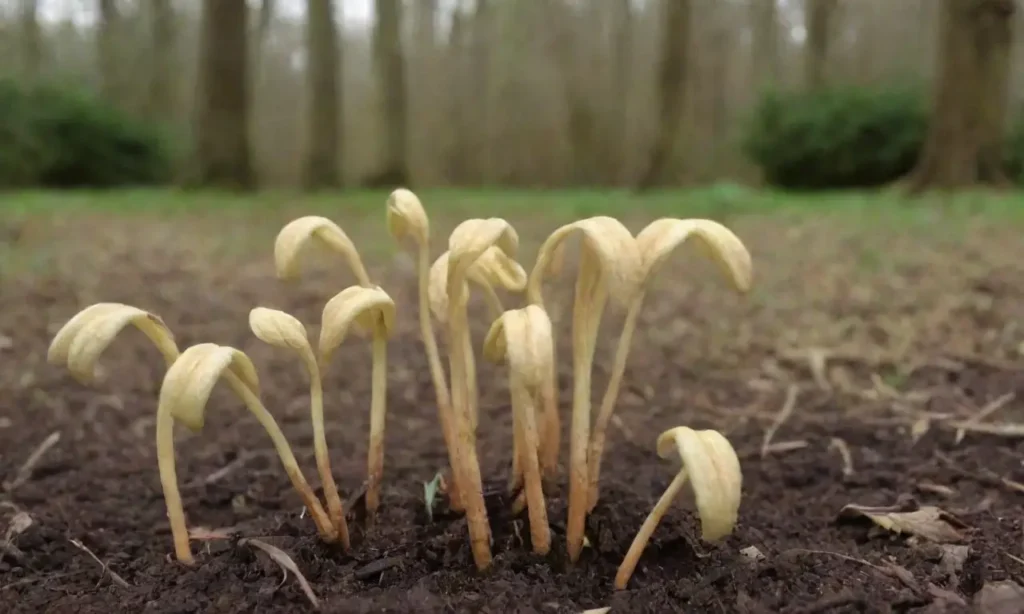
Introduction
Succulents are increasingly popular houseplants due to their unique beauty, low maintenance requirements, and ability to survive in seemingly inhospitable environments. These resilient plants store water in their leaves, stems, and roots, enabling them to endure dry conditions. However, despite their hardiness, succulents can easily fall victim to a common yet significant concern: overwatering. Understanding the signs of overwatered succulents not only prevents damage to these cherished plants, but also equips homeowners with essential knowledge to maintain a thriving indoor garden.
In this definitive guide, we will explore the signs of overwatering in succulents, discuss the consequences of excessive watering, and provide effective solutions to rescue and revitalize your plants. By the end of this article, you will be armed with comprehensive insights into succulent care, helping you to foster a healthy collection and enjoy the beauty of these captivating plants.
Understanding Succulent Hydration
Succulents have evolved to thrive in arid conditions. This unique adaptation allows them to process and store moisture efficiently. When you water your succulents, it leads to a delicate equilibrium that ensures proper growth and vitality. To care for these plants effectively, it's crucial to understand how much and how often they should be watered.
Characteristics of Succulent Water Storage
The most significant feature of succulents is their ability to store water in their fleshy leaves, stems, and sometimes even roots. This characteristic allows them to survive extended periods without rainfall or irrigation. The storage cells in their leaves expand when water is plentiful and shrink when the plant is dehydrated. An understanding of how succulents manage hydration will help spectators appreciate why overwatering can become a serious concern.
Importance of Draining Soil
Choosing appropriate soil is vital for a healthy succulent. Succulent-friendly soil types often contain components such as perlite, pumice, or sand, which ensure that excess water can quickly drain out. Proper drainage not only protects the plant's roots from standing water but also creates an ideal environment for healthy root growth. When preparing to care for succulents, consider the importance of soil type and choose planting pots with adequate drainage holes to foster optimal health for your plants.
Watering Frequency and Factors to Consider
While factors like climate, season, and pot size affect how often you should water your succulents, a general rule of thumb is to allow the soil to dry out several inches deep before watering again. As a homeowner, it’s essential to monitor conditions regularly. For example, during warmer months when the demand for water increases, succulents may require watering every week or so. However, in colder months, succulents become dormant and might only need watering bi-monthly. Recognizing these diverse factors will empower you to make informed choices about your succulent watering regimen.
Key Signs of Overwatered Succulents
As a succulent owner, one of the first things to watch for is the appearance of your plant, which can signify whether it is receiving too much water. Familiarizing yourself with the following signs of overwatered succulents can help you identify potential issues before they escalate.
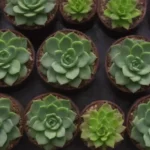 When Good Water Turns Bad: Identifying Overwatered Succulents
When Good Water Turns Bad: Identifying Overwatered Succulents1. Yellowing Leaves
Yellowing leaves are often the first visual cue indicating that your succulent is receiving too much water. Healthy succulents typically exhibit vibrant green foliage, signifying overall health and vitality. However, when the roots become saturated and oxygen is limited, leaves start to change color. The yellowing may begin at the base of the plant and will progressively spread to other leaves.
If you notice yellowing, the plant is likely experiencing stress due to overwatering. This not only signifies immediate concern but can lead to further complications, such as root rot, if unaddressed. To remedy the situation, consider adjusting your watering schedule and patting down the soil’s surface to enhance oxygen circulation.
2. Mushy and Soft Texture
One unmistakable indicator of overwatering is a mushy texture of leaves or stems. When succulents are overwatered, they absorb an excess amount of moisture, leading to a breakdown of cell structure. This can render leaves and stems soft to the touch, almost as if they’re punctured easily.
As a responsible homeowner, it is important to assess your plant's texture regularly. An overabundance of moisture leads to more issues, such as rot or disease. Addressing the situation may require immediate action, including moving the plant to a drier environment or removing the most affected leaves to promote healthy growth.
3. Wilting Leaves
Contrary to the misconception that wilting is a direct result of underwatering, it can also signify that your succulent is overwatered. When the roots don't have access to adequate oxygen, they fail to provide support for nutrient uptake, leading to leaf wilting. This situation can escalate quickly, resulting in drastic first signs of dehydration, even if the soil appears moist.
If you notice wilting alongside plants that exhibit yellowing or mushy textures, it is valuable to reflect on your watering habits. While watering is essential, striking the right balance and timing can mean the difference between a thriving or struggling succulent.
Consequences of Overwatering
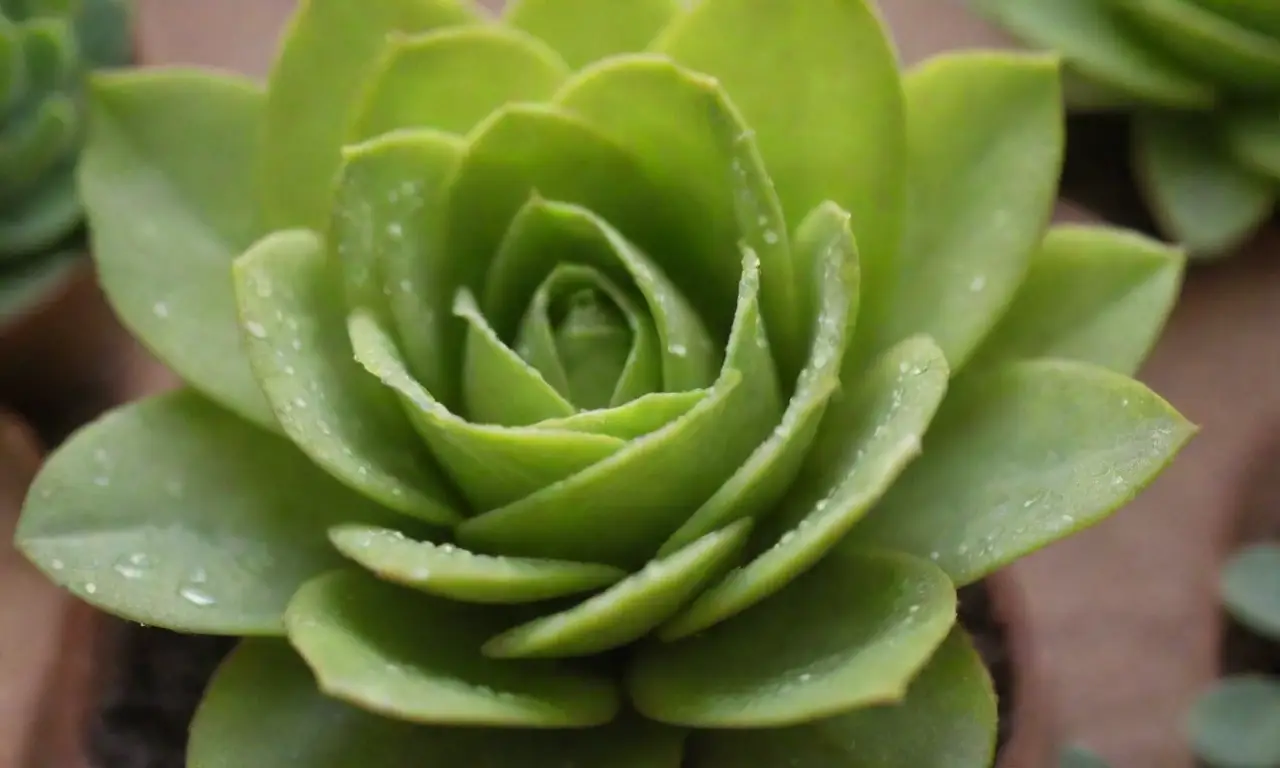
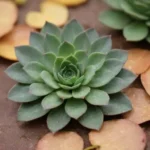 Leaf Drop and Yellowing Leaves: Signs of Overwatered Succulents
Leaf Drop and Yellowing Leaves: Signs of Overwatered SucculentsUnderstanding the consequences of overwatering helps reinforce the importance of proper care and observation of your succulent plants. Overwatering can be detrimental not only to individual plants but to your entire succulent collection.
Root Rot
One of the most serious consequences of prolonged overwatering is root rot. This condition occurs when roots are submerged in saturated soil for extended periods, preventing them from taking up necessary nutrients and air. Affected roots will begin to decay, leading to a halt in plant growth, discoloration, and ultimately the plant's demise if not remedied quickly.
To prevent root rot, it’s crucial to keep a close eye on moisture levels and adjust your watering habits accordingly. If you suspect root rot, it is vital to remove the plant from its pot, cleanse the roots, and trim away any damaged areas before repotting in fresh, well-draining soil. Timely action can mean the difference between reclaiming a cherished plant and losing it forever.
Fungal and Bacterial Infections
Overwatered succulents create a conducive environment for fungal and bacterial infections. The moisture in the soil can lead to the development of molds and various organisms, making plants more susceptible to ailments. In more severe cases, these infections can further compromise the plant's health, as they flourish in a saturated environment.
As a homeowner, it is important to implement preventative measures, such as ensuring sufficient drainage and avoiding humidity build-up. An appropriate balance in your watering practices will mitigate risks associated with excess moisture, promoting healthy succulent growth.
Loss of Plant Vitality
Beyond physical characteristics, the vitality of your plants may diminish due to overwatering. Insufficient airflow and poor root health will directly lead to lethargy and even plant stunting. Succulents require proper attention and care to thrive, as their unique adaptations are no substitute for consistent monitoring and intervention.
Regularly examine your plants and adjust the watering schedule when necessary. Emphasizing preventative measures will help protect your succulent collection and foster long-term growth and enjoyment.
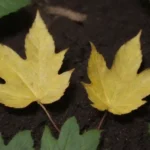 Tips for Finding Overwatered Succulents in Your Collection
Tips for Finding Overwatered Succulents in Your CollectionSolutions for Overwatered Succulents
When you've identified signs of overwatering, it’s important to take action to rescue your succulents. Below are several effective strategies to consider.
Adjust Watering Routine
The first step to recovery begins with re-evaluating your watering routine. Take into account the season, indoor climate, and soil condition to develop an effective schedule. Typically, watering should focus on allowing the soil to dry out completely between watering sessions, rather than adhering to a restrictive time frame.
To gauge moisture levels accurately, it's beneficial to use a moisture meter or insert a finger into the soil to a depth of two inches. Observing moisture levels closely will allow you to water when necessary, reducing the risk of overwatering significantly.
Improve Drainage
If you find that overwatering is a recurring problem, consider implementing improvements to drainage. This may involve repotting succulents into pots that feature larger drainage holes or transitioning to a soil mix that consists of more perlite, sand, or gravel for enhanced drainage capabilities.
To strengthen drainage, you may also want to elevate pots slightly to facilitate better airflow around the drainage holes. This additional attention ensures that excess moisture can escape quickly, limiting the risks associated with leftover wetness around the roots.
Propagate Healthy Cuttings
In cases of severe damage, propagation can be a lifesaver. Fortunately, many succulents can grow new plants from healthy cuttings. Cut a healthy section of the succulent and allow it to callous over for a few days before planting it in well-draining soil.
Propagation not only serves as a solution for an overwatered plant, but it also provides an opportunity to expand your indoor succulent collection. It’s a gratifying and fulfilling approach to keep your love for succulents alive even when facing challenges.
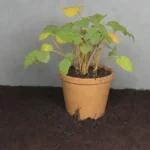 Signs Your Succulents Are Overwatered: Key Indicators to Watch
Signs Your Succulents Are Overwatered: Key Indicators to WatchConclusion
While succulents are celebrated for their tenacity and drought-resilient qualities, overwatering can swiftly compromise their health. Understanding the signs of overwatered succulents, such as yellowing leaves, mushy textures, and wilting, equips homeowners with the tools necessary for effective plant care. Moreover, recognizing the consequences of overwatering, including root rot, fungal infections, and loss of vitality, is crucial for maintaining a flourishing collection.
Through strategic measures such as adjusting watering routines, improving drainage, and propagating healthy cuttings, you can save your beloved plants from the brink of destruction. The knowledge you gain from this guide empowers you to be a more informed and responsible succulent caretaker.
In the art of succulent care, awareness is paramount. Being attentive to your plants' needs not only prevents overwatering but also supports their long-term growth and beauty. So go ahead and enjoy the journey of nurturing succulents while celebrating their unique characteristics and resilience!
If you want to read more articles similar to Signs of Overwatered Succulents: A Definitive Homeowner's Guide, you can visit the Signs of overwatering category.

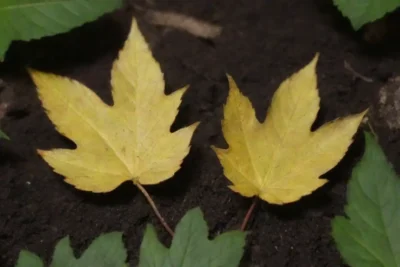
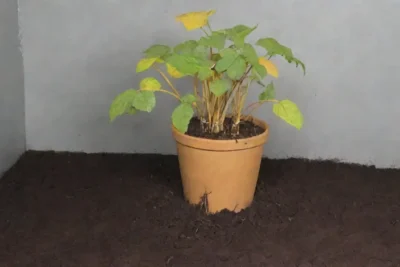
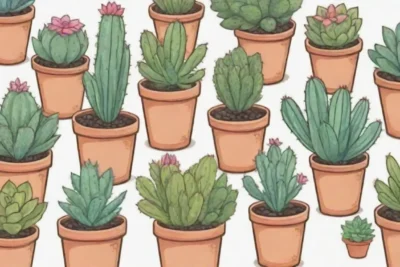
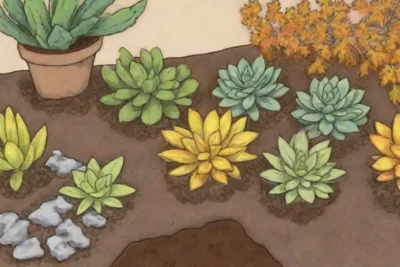
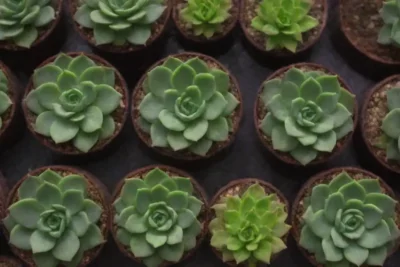
You Must Read